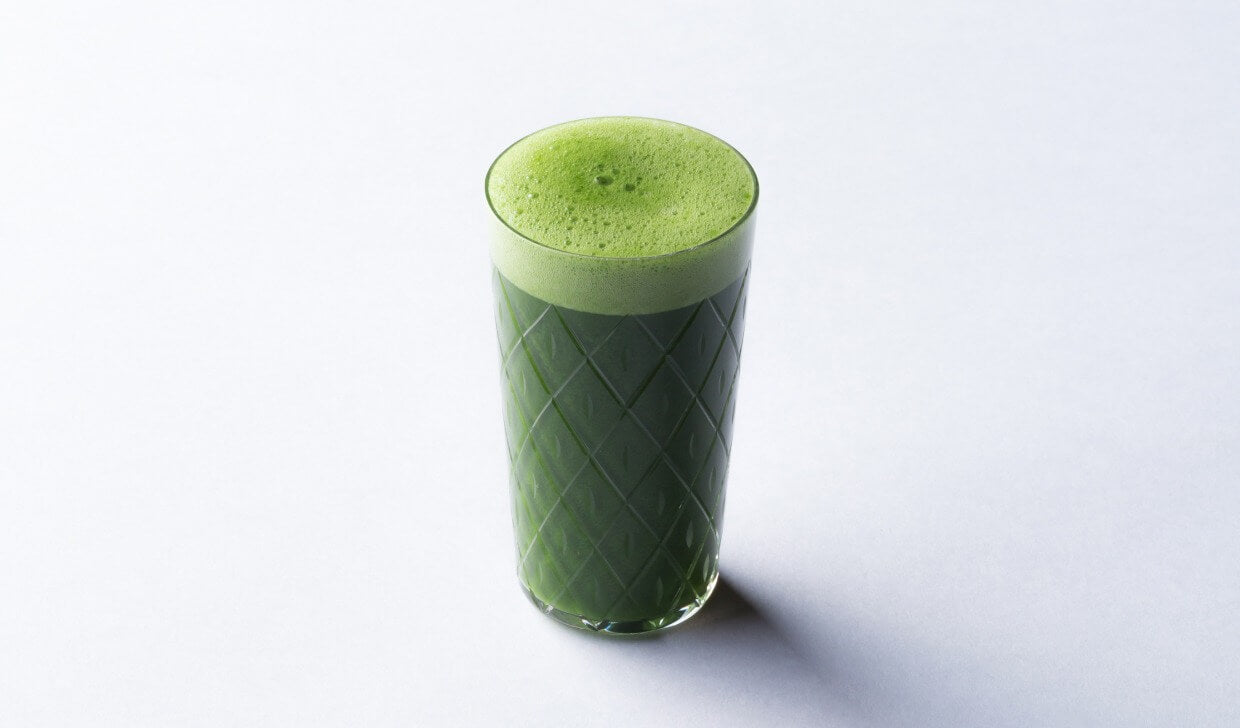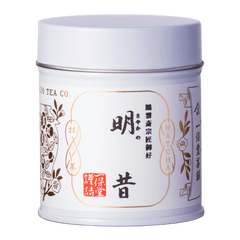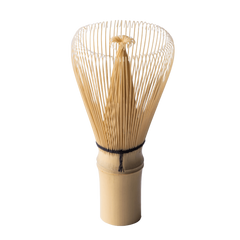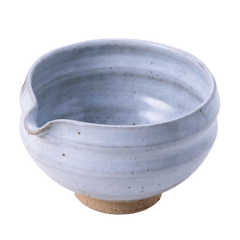How to Make Foamy, Creamy Matcha
Making matcha with a bright green, smooth layer of foam on top is not just about aesthetics (though we have to admit it does look great on the timeline).
The foam adds to the texture of matcha, rounding it off and giving it an aromatic, light, creamy mouthfeel.
But, as many budding matcha mavens have experienced, it’s not that easy to make matcha foam up.
Perfect your technique by learning the key foam-factors below. Then, read why some matcha fans actually prefer to make their matcha without foam. Finally, learn a little about matcha foam chemistry, how to make cold matcha with foam, and more in the FAQ at the end.

Start with Usucha (Classic Matcha)
Our standard usucha (classic matcha) recipe has a good ratio for making foamy matcha. Its taste is concentrated, to be enjoyed almost like an espresso.



How to achieve beautiful, delicious matcha foam:
Essentials for Foam
If foaminess is your goal, any Ippodo matcha will do. Why not start with Sayaka, our recommended choice for those new to Ippodo Tea? This blend has a balanced, plentiful richness and an accessible smoothness.
Made expressly for matcha, the chasen has many fine springy prongs that are effective at frothing matcha and creating fine foam.
We look for wide, deep bowls for whisking matcha in. The ample room allows us to whisk with a wide motion, whipping up a lot of foam. Our bowl with a spout has this wide, deep profile, and allows us to then pour into cups mugs and glasses as we like. Handmade in Gifu prefecture, Japan.
A Case for Foam-Free Matcha
Making foamy, creamy matcha is just one of the ways to prepare it. In fact, in some schools of the tea ceremony, which is the cultural origin of matcha in Japan, matcha is prepared without foam on purpose.
Foam-free matcha is pure, clear-tasting, and displays the tea leaves’ true nuances. To make it, follow all the standard matcha steps, but whisk slowly instead, until it is consistent and pure blue-green. Give it a try on a day when you want to experience your matcha’s full complexity.

Matcha Foam FAQs
Where does matcha foam come from?
Matcha itself is a form of green tea that has been ground up into a fine powder.
First, tea leaves used for matcha are grown under the shade, which encourages natural sweetness and richness to develop. Then, these shade-grown leaves are ground into a powder in a multi-step process. So, when we drink matcha, we are consuming the entire tea leaf.
In these leaves, naturally occurring components like saponin are what allow foam to form. When we mix the matcha powder in water with a chasen, it aerates and churns the liquid. If the ratio is right, these components will bind together to form microscopic pockets of air, creating a nice layer of foam on the top of the liquid.
How do I make cold matcha foamy?
Whisking matcha with cold water naturally makes it trickier to produce a thick foam. If you’re determined to make your matcha foamy, but also want to drink it cold, we recommend whisking it hot first, and then pouring it over ice.
We also like to whisk matcha with iced water, and we enjoy it for its pure, low-foam taste.
Read more: Cold-Whisked Matcha Recipe
Do different matcha blends foam more easily?
In our experience, there is no major difference in foam-ability between Ippodo matcha blends. We find that it is more essential to focus on the tips above, particularly the ratio of matcha powder to water, to get a foamy matcha.
Any suggestions for a foamy matcha latte?
We recommend whisking your matcha first with just hot water, to make it well-mixed and easy to combine. Then, heat and foam your milk separately, using an electric frother, steam wand, or other technique of choice. Finally, combine the two in a mug and enjoy!
Read more: How to Make a Matcha Latte
Final Thoughts
Whether aiming to take a beautiful picture for the timeline, or just to achieve that well-rounded texture, a lot of matcha fans are set on whisking up a perfect foam for their daily matcha. Follow the above tips, practice whisking, and you should be well on your way.
Keep in mind that there is no correct or incorrect way to make matcha, only the ways to make the matcha that are right for you. We hope you’ll enjoy experimenting with matcha recipes until you find your favorite taste.













